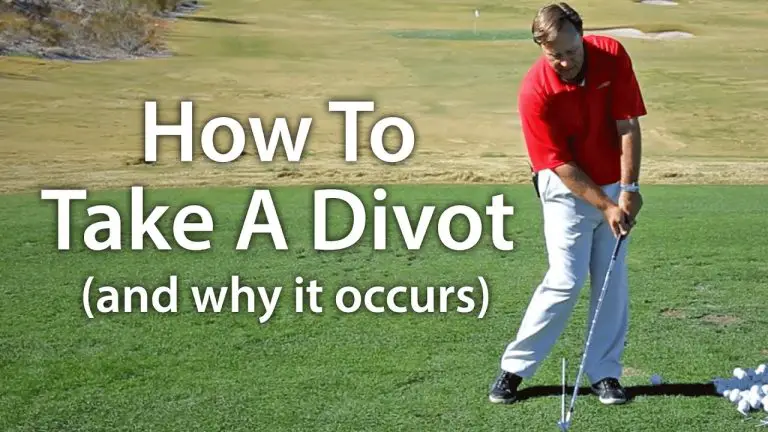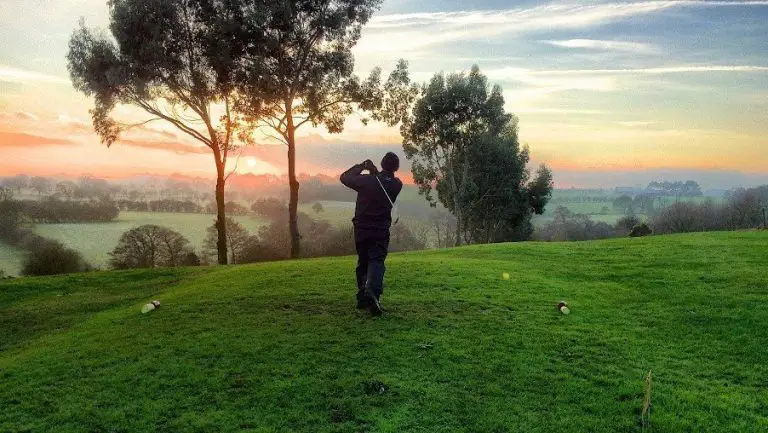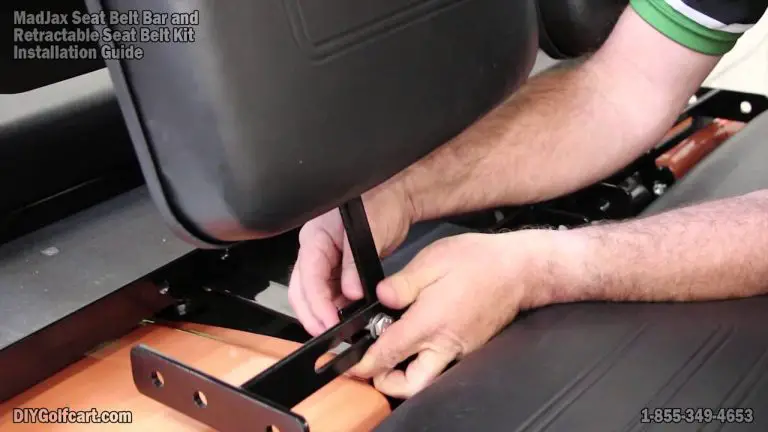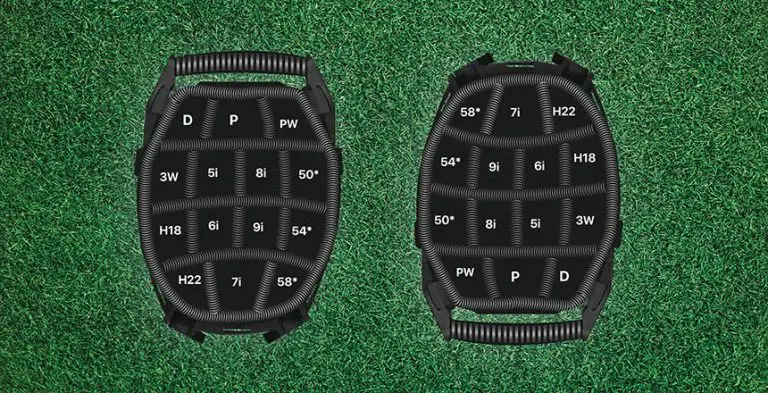What Happens If You Hit Someone With A Golf Ball
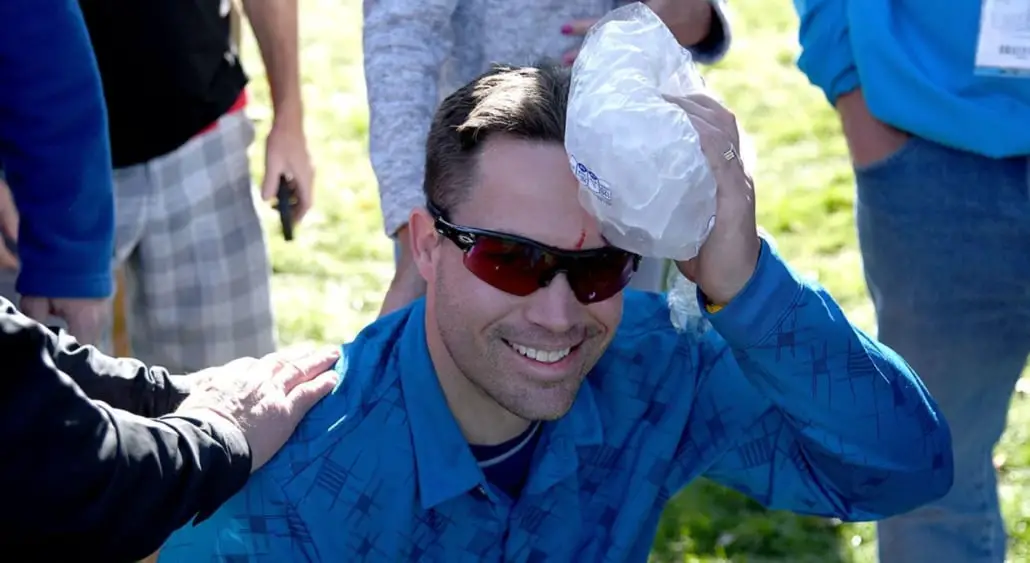
Golf is a sport that combines skill, strategy, and a love for the outdoors. It’s a game enjoyed by millions around the world, from seasoned professionals to casual weekend players. However, amidst the tranquility of the fairways and the thrill of the swing, there is a potential danger that golfers and spectators must be aware of: the risk of being hit by a golf ball.
In this article, we will delve into the topic of what happens if you hit someone with a golf ball. It’s an important subject that highlights the need for caution and responsibility on the golf course. We will explore the potential injuries that can occur, legal considerations, safety precautions, and more. By understanding the consequences and taking appropriate measures, we can ensure the well-being of all who participate in this beloved sport.
Whether you’re an avid golfer seeking to deepen your knowledge or simply curious about the potential risks, this article will provide valuable insights and practical information. So, let’s tee off and explore the world of golf ball impacts, aiming to promote safety and enjoyment for everyone involved in the game.
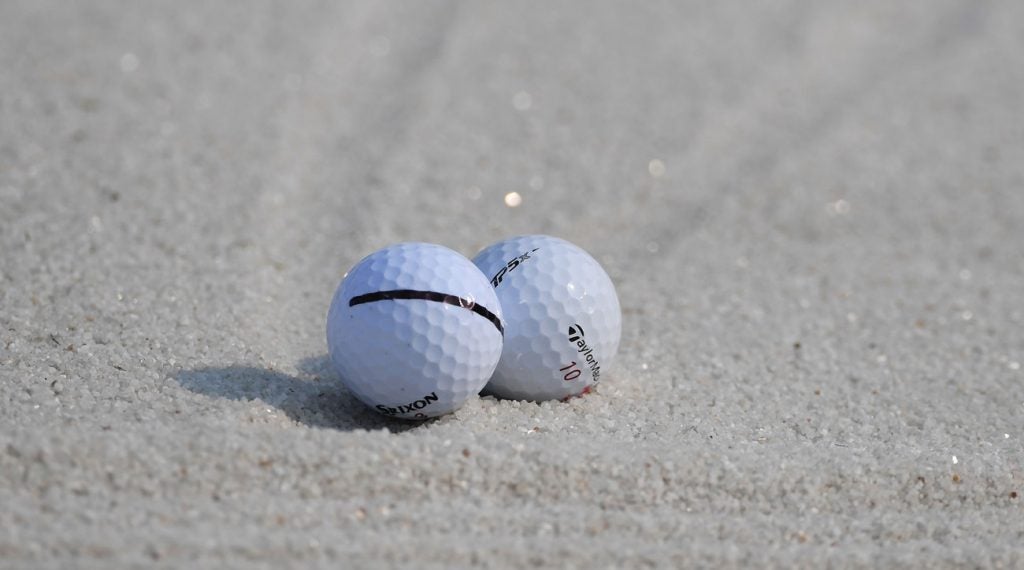
Golf Ball: Characteristics and Potential for Injury
Before we examine the consequences of a golf ball hitting someone, it is essential to understand the characteristics of a golf ball and the force it can generate. Golf balls are typically made of durable materials such as Surlyn or urethane, designed to withstand the impact of powerful swings. These materials, combined with the ball’s construction and compression, contribute to its unique properties.
When struck by a club, a golf ball can reach impressive speeds, especially off the tee. The force generated by the clubhead transfers to the ball, propelling it through the air. The initial velocity, angle of launch, and spin of the ball all play a role in determining its trajectory and potential for injury upon impact. The combination of speed and density can lead to significant consequences if a golf ball strikes a person.
The Risks of Being Hit by a Golf Ball
When a golf ball collides with a person, it can result in various types of injuries, depending on the speed and location of impact. While most golfers aim to keep their shots on target, errant shots can occur, leading to unintended consequences. Let’s explore some of the potential injuries caused by a golf ball impact:
Head and Facial Injuries
Head and facial injuries are a significant concern when it comes to golf ball impacts. A direct blow to the head can result in severe trauma, including concussions, skull fractures, and brain injuries. Facial injuries, such as lacerations, fractures, or dental damage, are also possible. The delicate nature of these areas makes them particularly vulnerable to the force of a golf ball.
Eye Injuries
The eyes are highly susceptible to injury from a golf ball strike. The velocity and small size of the ball can cause severe damage, ranging from corneal abrasions and contusions to more serious conditions like hyphema (bleeding in the anterior chamber of the eye) or even permanent vision loss. Protective eyewear can mitigate the risk, but accidents can still occur.
Bone Fractures and Soft Tissue Injuries
A golf ball impact can also result in bone fractures and soft tissue injuries, especially in areas like the arms, hands, and legs. Depending on the speed and point of contact, a fractured bone or deep tissue bruising may occur. Golfers who fail to yell “fore” to warn others of an errant shot increase the likelihood of such injuries.
It is important to note that the severity of these injuries can vary greatly, ranging from minor bruises or cuts to more severe and life-altering consequences. Factors such as the distance of the shot, the club used, and the physical condition of the person hit all contribute to the potential outcomes.
Legal and Liability Considerations
When a golf ball strikes someone, legal responsibilities and liabilities come into play. Golfers have a duty of care to ensure the safety of others on the course. Failure to exercise reasonable care and caution can result in legal consequences. While laws and regulations may vary depending on the jurisdiction, it is crucial to understand the following aspects:
Legal Responsibilities of Golfers
Golfers have a legal responsibility to exercise reasonable caution and take appropriate measures to prevent injuries to others. This includes adhering to golf etiquette, being aware of their surroundings, and giving timely warnings, such as shouting “fore” when an errant shot is heading towards others. Negligence in fulfilling these responsibilities may lead to legal ramifications.
Liability for Injuries Caused by a Golf Ball
When a golf ball strikes someone, the question of liability arises. Determining liability depends on various factors, including the circumstances leading to the incident, the actions of the golfer, and the level of care exercised. Golf courses, event organizers, and even manufacturers may also be held liable if negligence or inadequate safety measures contributed to the injury.
Insurance Coverage for Golf-Related Incidents
Insurance coverage is another consideration in golf ball-related incidents. Golfers may have personal liability insurance or be covered under the golf course’s insurance policy. These insurance plans can help protect individuals from financial liability in the event of an accident. It is advisable to review insurance policies to understand the coverage and potential limitations.
Understanding the legal implications and taking necessary precautions is vital for all golfers to ensure the safety of themselves and others on the course.
Safety Precautions and Mitigation
Preventing golf ball-related injuries requires a collective effort from both golfers and golf course management. Various safety precautions can minimize the risks associated with errant shots. Let’s explore some key measures:
Golf Course Design and Safety Measures
Golf course designers and managers play a crucial role in ensuring safety on the course. Thoughtful course design that considers the placement of hazards, visibility of fairways, and adequate space between holes can help reduce the chances of golf ball collisions. Safety nets, barriers, and warning signs in high-risk areas can provide additional protection.
Player Awareness and Etiquette on the Golf Course
Golfers must prioritize awareness and etiquette to promote safety. Clear communication and respect for fellow golfers are fundamental. Yelling “fore” when a shot veers off course, signaling to others to take cover, can give them an opportunity to protect themselves. Paying attention to the actions and movements of others and refraining from hitting until they are out of range is essential.
Protective Equipment and Precautions for Spectators
Spectators also have a role in their safety at golf events. Those attending tournaments or watching from the sidelines should be aware of the potential risks and take precautions. Wearing protective headgear or carrying umbrellas as shields can offer some protection. Spectators should also pay attention to warning signs, stay within designated areas, and follow instructions from event staff.
By implementing these safety precautions and promoting a culture of awareness and responsibility, the risks associated with golf ball impacts can be significantly reduced.
Emergency Response and First Aid
In the unfortunate event of a golf ball striking someone, prompt and appropriate emergency response is crucial. Actions taken immediately after an incident can have a significant impact on the well-being of the injured person. Here are some essential steps to follow:
Immediate Actions to Take
- Assess the situation: Quickly assess the severity of the injury and determine if emergency medical assistance is required.
- Notify course staff: Contact the golf course staff or call for emergency medical services, depending on the severity of the injury.
- Provide assistance: Offer support and comfort to the injured person while waiting for professional medical help to arrive.
Recognizing Signs of Serious Injury
In some cases, golf ball impacts can result in severe injuries requiring immediate medical attention. It is crucial to be vigilant and recognize signs of potential serious injuries, including:
- Loss of consciousness
- Severe bleeding
- Difficulty breathing
- Fractures or dislocations
- Head or spinal injuries
If any of these signs are present, it is essential to prioritize the injured person’s well-being and seek professional medical assistance without delay.
Basic First Aid Measures
While awaiting professional medical help, basic first aid measures can be applied to provide initial care:
- Control bleeding: Apply pressure to any bleeding wounds using a clean cloth or sterile dressing.
- Stabilize fractures: If a fracture is suspected, immobilize the affected area by using a splint or by supporting it with cushions or towels.
- Comfort and reassure: Offer comfort and reassurance to the injured person, keeping them calm and supported until medical professionals arrive.
Remember, these are general guidelines, and the specific actions taken should be based on the nature and severity of the injury. It is always advisable to receive appropriate first aid training to be better prepared to handle emergencies.
Prevention and Education
Preventing golf ball-related injuries requires a combination of preventive measures and education for golfers, course management, and spectators. Let’s explore some initiatives aimed at fostering safety awareness:
The Role of Golf Courses in Promoting Safety Awareness
Golf course management plays a vital role in creating a safe environment for players and spectators. Implementing safety guidelines, providing adequate signage, and regularly communicating safety protocols can help raise awareness among golfers and visitors. Course staff should also receive training in first aid and emergency response procedures.
Education and Awareness Campaigns for Golfers
Educating golfers about the importance of safety is paramount. Golf associations, instructors, and professional players can contribute to safety awareness campaigns. Emphasizing responsible behavior, etiquette, and adherence to safety protocols will encourage golfers to be more conscious of the potential risks and adopt preventive measures.
Personal Responsibility and Etiquette on the Golf Course
Individual golfers must take personal responsibility for their actions on the course. This includes practicing good etiquette, being aware of other players, and adhering to safety guidelines. By being proactive in promoting safety and respecting fellow golfers, each player contributes to a safer and more enjoyable golfing experience for everyone.
Real-Life Examples and Case Studies
Examining real-life examples and case studies can provide valuable insights into the potential consequences and legal outcomes of golf ball-related incidents. Understanding the experiences of others can serve as a reminder of the importance of safety measures and the need for responsible golfing practices.
Conclusion
The risk of being hit by a golf ball is an inherent part of the game. Understanding the potential consequences, legal considerations, and safety precautions is crucial for both golfers and spectators. By prioritizing safety, fostering awareness, and taking appropriate measures, we can mitigate the risks and ensure an enjoyable and secure golfing experience for all. Remember, responsible golfing practices, adherence to etiquette, and a proactive approach to safety are fundamental in preventing accidents and protecting the well-being of everyone involved in the game.

